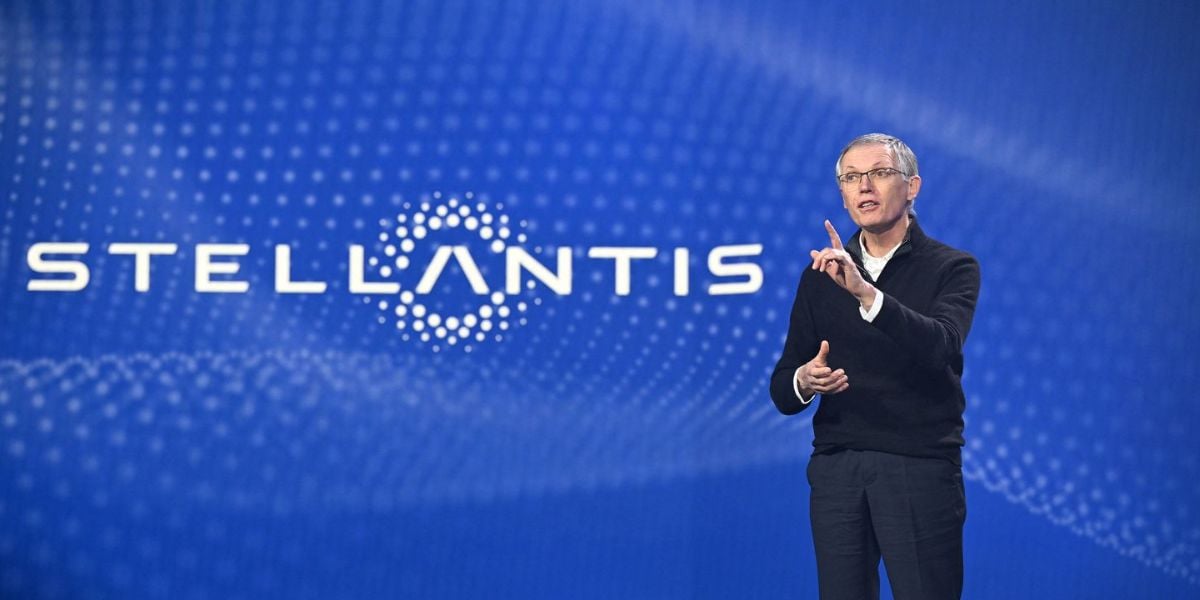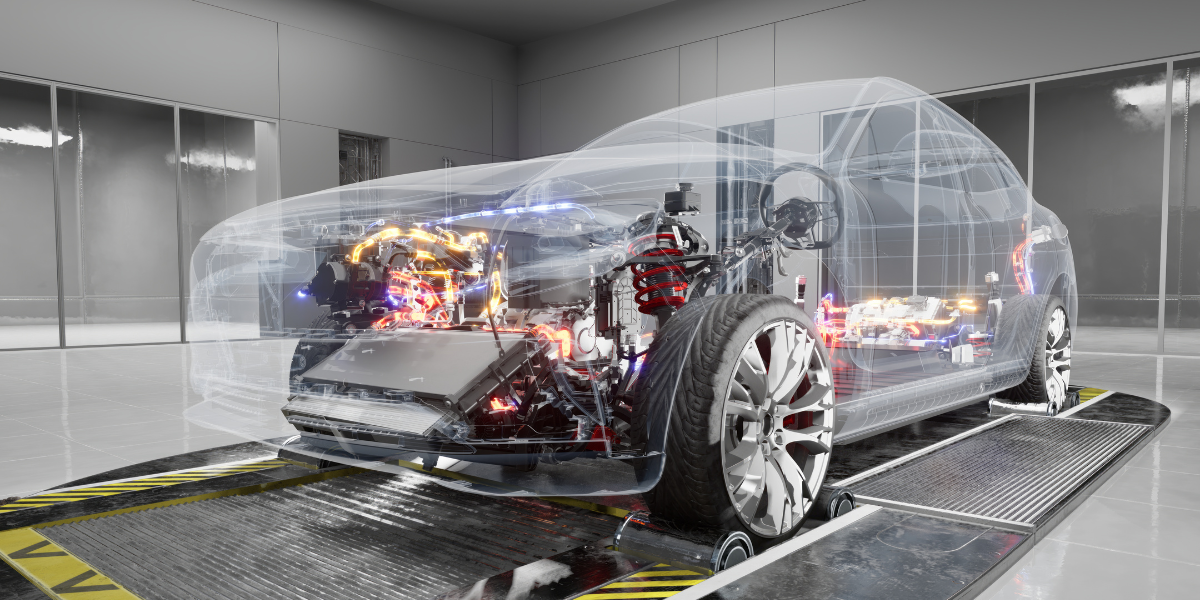We need role models to boost laptop remanufacturing
As part of the standard cycle of IT ‘estate’ replacement, the typical lifecycle of a personal computer (PC) is three to four years - when the cost of maintenance is believed to be greater than the cost of replacement. The average PC is a lavish and exotic piece of work: copper from Chile, gold from Mali, iron ore from Brazil, nickel from the Congo, bauxite from Peru. Many components depend on rare earth or platinum group metals highlighted as under threat in the EU’s Critical Raw Materials.The tightening Waste Electrical and Electronic Equipment (WEEE) regulations have led to standard systems for recycling in the developed world. When large organisations update the old machines, some parts will be properly recycled. But much IT hardware is also sent to developing countries, where there is only haphazard waste management and materials are still, in the end, simply dumped.New work by Cranfield University research student Mauricio Alva Howes has provided evidence of the benefits of remanufacturing hardware. We have reached a stage where the improvements in functionality and performance are shrinking - our PCs do everything we need, as quickly as they need to. So the criteria for keeping PCs for longer is also shrinking - they just need to work. In his study, Howes carried out a range of benchmarking tests comparing the performance of remanufactured HP, Lenovo and Dell laptops - machines which have been cleaned and refurbished - against that of new models from the same brands. The remanufactured laptops used in the research came from A2C Services, an established IT reuse and recycling business which has launched its Circular Computers services. Large employers with huge IT estates can opt for a circular economy approach: sending their used machines for refurbishing, and taking on a supply of remanufactured PCs. As part of the model, A2C makes a donation to environmental charities addressing the impacts of the IT manufacturing industry. Tests on the most typical uses of PCs in a work setting - office systems like email, word processing and the use of spreadsheets, databases and video conferencing - showed overall that the remanufactured computers performed at between 93% and 97% of the level set by the new computer. There is a small fall-off in performance when it comes to graphic processing, and in some cases with battery life, but in terms of everyday use by employees, the differences are minimal. What’s needed are role models: it would set a powerful example for the IT sector if large employers adopted the reuse approach to IT.
Mark Jolly, head of sustainable manufacturing, Cranfield University


.png?h=600&iar=0&w=1200)
